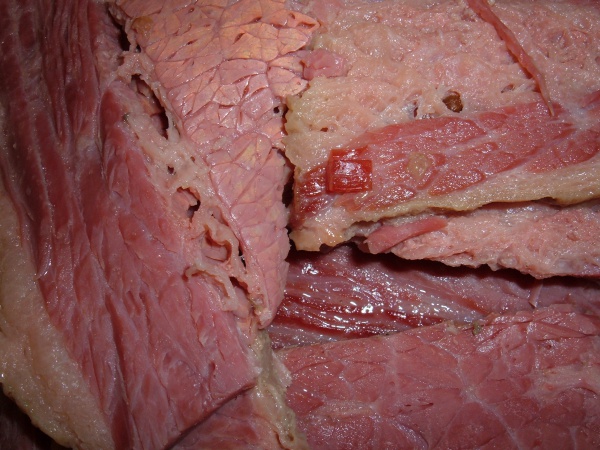Facts About Corned beef
Corned beef is a beef brisket that has been cured with large-grained rock salt, sugar, and spices. This savory meat is a staple in various cuisines around the world. Often, nitrates are added during the curing process to give corned beef its distinctive pink color and to prevent botulism. However, these nitrates have also been associated with an increased risk of cancer.
In the 19th century, corned beef became a significant commodity in the Atlantic trade, especially from Ireland. The Irish Famine further heightened its production, primarily for British and French markets.
By the 20th century, corned beef continued to be popular. Canned corned beef was particularly essential during World War II, serving as a reliable food source. Its cultural associations are diverse, sparking debates about its Irish origins and its popularity among Irish immigrants in the United States. Interestingly, corned beef has often been included in military field rations globally.
In North America, corned beef is closely tied to traditional Irish cuisine and features prominently in beloved dishes like the Reuben sandwich. In the UK, it is known as salt beef. In the Caribbean, canned corned beef is both popular and versatile. In Israel, it was once a standard ration for the Israel Defense Forces (IDF). Countries such as New Zealand, the Philippines, and Hong Kong also have their unique takes on corned beef dishes.
From its rich history linked to trade and colonialism to its role in cultural exchanges, corned beef remains a versatile and enduring food item enjoyed worldwide.

 Egypt
Egypt